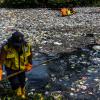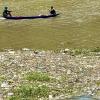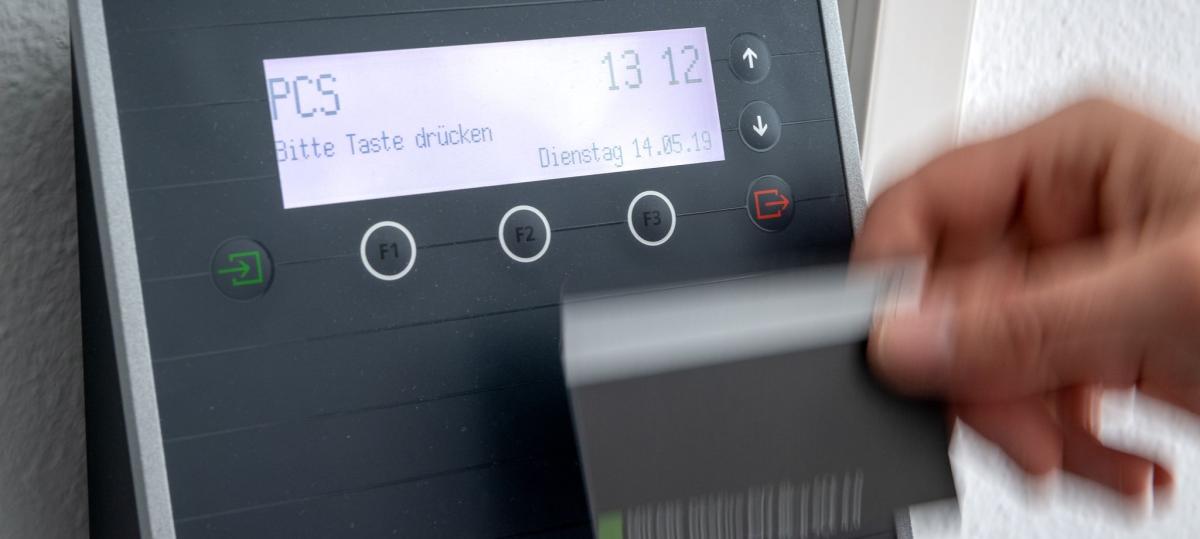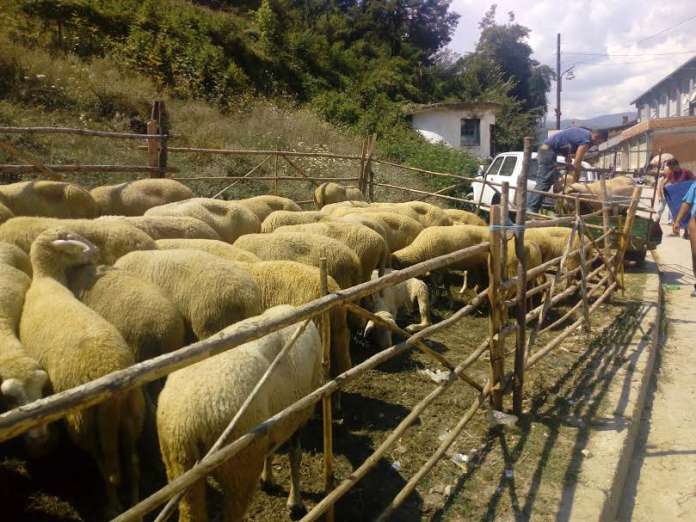On the way to the « dirty river in the world »

Wida Widiarti spent her whole life near the Citarum river on the Indonesian main island of Java. In doing so, she witnessed how the current mutated from an important lifeline into a nasty symbol of extreme pollution. Again and again the Citarum in reports is referred to as the « dirtyest river in the world ».
« People clean, but the garbage is still coming back, » says Widiarti, who lives near Bandung. Actually, the metropolis surrounded by mountains, green rice fields and volcanoes as a tourist magnet is known. But the idyll is deceptive – as in so many regions of Southeast Asia, a massive waste problem lurks under the picturesque surface.
Widiart stands directly on the bank with her little daughter and looks worries at the cloudy water, in which plastic bottles, broken flip -flops and hardly any identifiable debris. In some months it is worse than in others, then at times there is hardly any water left for waste. « And even in better times, the Citarum is never free of garbage, » she says.
Why does Southeast Asia have such a big garbage problem?
According to China, Indonesia is the second largest pollution of the world’s oceans with plastic waste. Many other countries in the region also have a huge garbage problem.
Some of the reasons are exploding population growth and mass tourism paired with more and more plastic waste, inadequate waste separation and the recycling infrastructure that is hardly available in many places. In addition, many people simply dispose of their garbage in the landscape – not only because of a lack of environmental enlightenment, but also because of a lack of garbage disposal. But the well-known US environmental activist Annie Leonard said: « There is no such thing as » Weg « . If we throw something away, it has to go somewhere. »
Germany sends garbage to Asia
Speaking of going: garbage from Europe often goes to other countries, now especially in Southeast Asia. According to the Naturschutzbund Germany (NABU), 732,000 tons of plastic waste were exported from Germany in 2024, and now in large quantities to Malaysia, Indonesia and Vietnam.
« However, the detection and control systems as well as the recycling infrastructure in the target countries are often poor, so that only a part of the waste is actually recycled, » it said. The rest is burned, deposited or disposed of wild under low environmental standards. A large part ultimately goes into the sea.
Bali and Thailand also affected
Also on the island of Bali, which is popular with tourists from all over the world, the neighboring island of Java, the stands offer more disgusting factor than dream potential, especially in the rainy season. Tons of waste are rinsed on land on the coasts, such as in the Surferparadies Kuta. A significant part of it comes from local sources, but also sea currents transport waste from other islands.
While bathers jump into the waves, disposable packaging, straws, styrofoam and plastic cup pile up on the beach. Many visitors from Europe had certainly imagined the vacation on the “Island of the Götter”.
It looks similar in Thailand. There is sometimes horror for vacationers – especially on world -famous islands such as Koh Samui and Phuket. Deponies and garbage disposal are in short supply. It only works really well in larger cities like Bangkok. The result is more and more (mostly illegal) garbage dumps, which often only a few meters from the paradise five-star hotels.
Textile factories lead chemicals into the water
Back to the Citarum. The 290-kilometer electricity flows through the heart of the West-Java province before it finally flows into the Java lake on the edge of the Pacific Ocean. He supplies almost 30 million people, including the residents of the two -hour capital of Jakarta, with drinking water, soil irrigation and hydropower.
The problems began when the region developed into an industrial center in the 1980s. On the banks of the citarumen, countless textile factories, which spoiled untreated waste – including heavy metals, dyes and microplastics – into the water, as Greenpeace impressively described in a report a few years ago.
Campaign “fragrant citarum”
We were talking about around 2,700 middle and large companies that contributed to the pollution of the Citarum with their chemicals. According to an investigation by the Indonesian government of 2018, up to 340,000 tons of dangerous waste came into the river every day. The consequence: in places the water is still colored black, crossed by poisonous foam.
The problem tightened due to the rapid growth of the urban population because more and more budget waste and especially disposable plastic came into the river. Tons. Daily. In order to master the situation, the then President Joko Widodo started an ambitious cleaning campaign with the sounding name « Citarum Harum », in German: « Fragrant Citarum ». The aim was to make the water of the river drinkable again within seven years.
Illegal wastewater disposal at night
The seven years have passed. Has the campaign had an effect? Yes and no: Although the water quality has improved in general thanks to new sewage treatment plants, environmental activists warn that many factories still lead their toxic waste water into the river – especially at night so as not to be discovered. According to an examination of 2023, poisonous seepage water from rotting waste from the largest landfill in the province of the province of the Citarum also comes into the Citarum.
And then there is the garbage. Only last year, photos and videos of the Citarum went around the world, on which you can see how the authorities try to clean a huge carpet of waste with small boats. It looks like David’s fight against Goliath.
The authorities estimated that the waste masses extended over three kilometers and waved around 100 tons. But as so often, an improvement is achieved under great effort – but a short time later, new garbage masses are making their way.
A vicious circle of plastic
This also has to do with the fact that the residents rely on the purchase of water bottles due to the lack of access to clean drinking water – many of which end up in the river. A vicious circle. « The situation is still alarming, » said Daru Setyorini, environmental activist of the Indonesian organization Ecoton, the German Press Agency.
Instead of just fishing the garbage from the river, the government should prevent it from getting in at all, she emphasized. « The Citarum cannot be saved solely by cleaning measures, » the activist is convinced. « If we do not start at the source – i.e. regulate industries, clarify the population and switch to sustainable waste management – the citarum will continue to be difficult. »
Photo: Dimas Rachmatsyah/Zuma Press Wire/dpa
Photo: Carola Frentzen/dpa
Photo: Carola Frentzen/dpa
Photo: Carola Frentzen/dpa
Photo: Carola Frentzen/dpa









/s3/static.nrc.nl/images/gn4/stripped/data133311162-89da16.jpg|https://images.nrc.nl/0GhfYXflp44vL8qLyvwS0lBuz-I=/1920x/filters:no_upscale()/s3/static.nrc.nl/images/gn4/stripped/data133311162-89da16.jpg|https://images.nrc.nl/eiTEPfNVErZvLkKwpzeS_a75FXk=/5760x/filters:no_upscale()/s3/static.nrc.nl/images/gn4/stripped/data133311162-89da16.jpg)

